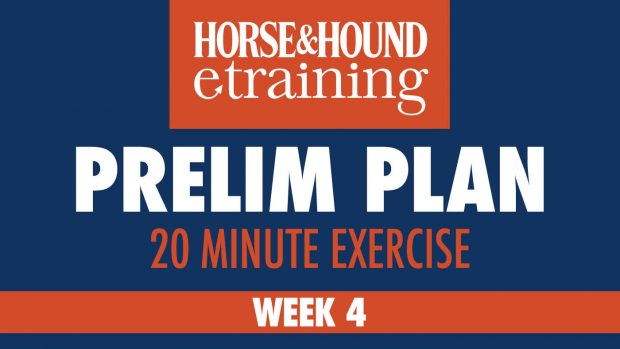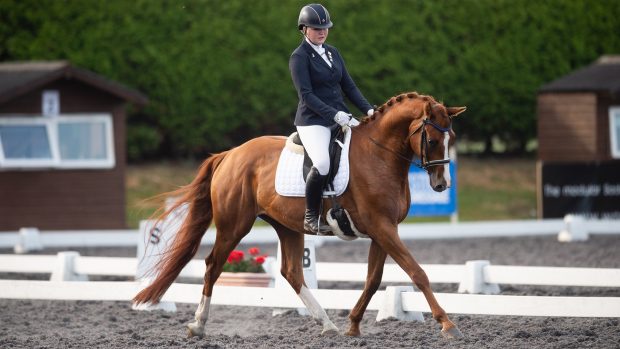Have you ever felt frustrated when you receive your test sheet and see your mark? Although we may feel robbed by a certain judge, it is often the case that we do not fully understand what the dressage judge wants from the test.
Here, we have put together a selection of top tips to ensure that you produce a winning test, every time.
1. Be prepared
This may sound obvious, but it is vital that your horse is well prepared at home in his basic training. It is a good idea to be working at a higher level at home than you’re competing at, as it will give you the chance to show off a little whilst feeling comfortable at a competition. In contrast, if you are pushing yourself to compete at a level you’re not quite ready for, this will show at a competition and not result in a harmonious and relaxed test.
2. Learn the test
Although you may be allowed a caller, it is a good idea to learn your dressage test inside out. This will help you to feel comfortable at a competition and prevent any awkward moments arising, such as not being able to hear your caller. The more confident you are, the easier it will be to ride a successful test. A lack of confidence will translate to your horse and result in poor performance, so knowing your test in advance will help you to ride it with conviction.
3. Warm up well
It is very important that you use the time before your test to accurately warm up your horse and get him working well. Do not worry about what the other competitiors are doing, try to focus on your own horse. It is a good idea to start with rising trot so your weight is off the horse’s back – if your horse’s back is quite weak try working him on a longer contact so that he can stretch down. Remember that your horse’s back bridges his front and back end so it should be swinging. Looking for more top tips for a successful warm-up?
4. Make the horse use his neck
To be working correctly your horse’s neck must be open and not dropping behind the vertical. When the horse is using his neck it helps him to balance his whole body and step under with his hindleg. Aim for a comfortable, natural outline, where your horse is working correctly through his back. Do not try to ride him too short in the neck, as this may result in over-bending.
5. Use transitions
When riding your test, remember to be forward thinking – for example think “go” instead of “whoa”. Do not think that you are finishing cantering, but rather you are about to start trotting. Use your driving aids rather than your reins as this transition is a forward movement. Practicing transitions and thinking ahead will allow you to ride a smoother test.
6. Find your rhythm
Rhythm and tempo are important factors during your test. Try to keep this consistent throughout your test, and show a clear difference between your movements. For example, the steadier your working trot, the easier it will be to push forwards into a medium or extended trot and consequently show this difference to the judge.
7. Talk to the judge
Most judges are happy to talk through your test sheet after the competition if they have time. This will prove valuable as the judge can help explain to you why you got the marks you did and point out how you can improve on this next time.
8. Practice
Naturally, the more dressage competitions you attend, the more confident both you and your horse will become. It is a good idea to attend as many competitions as possible and build on the judge’s comments at home, so that you can improve on your percentage at your next event.
Horse & Hound magazine, out every Thursday, is packed with all the latest news and reports, as well as interviews, specials, nostalgia, vet and training advice. Find out more about getting the magazine delivered to your door every week.



